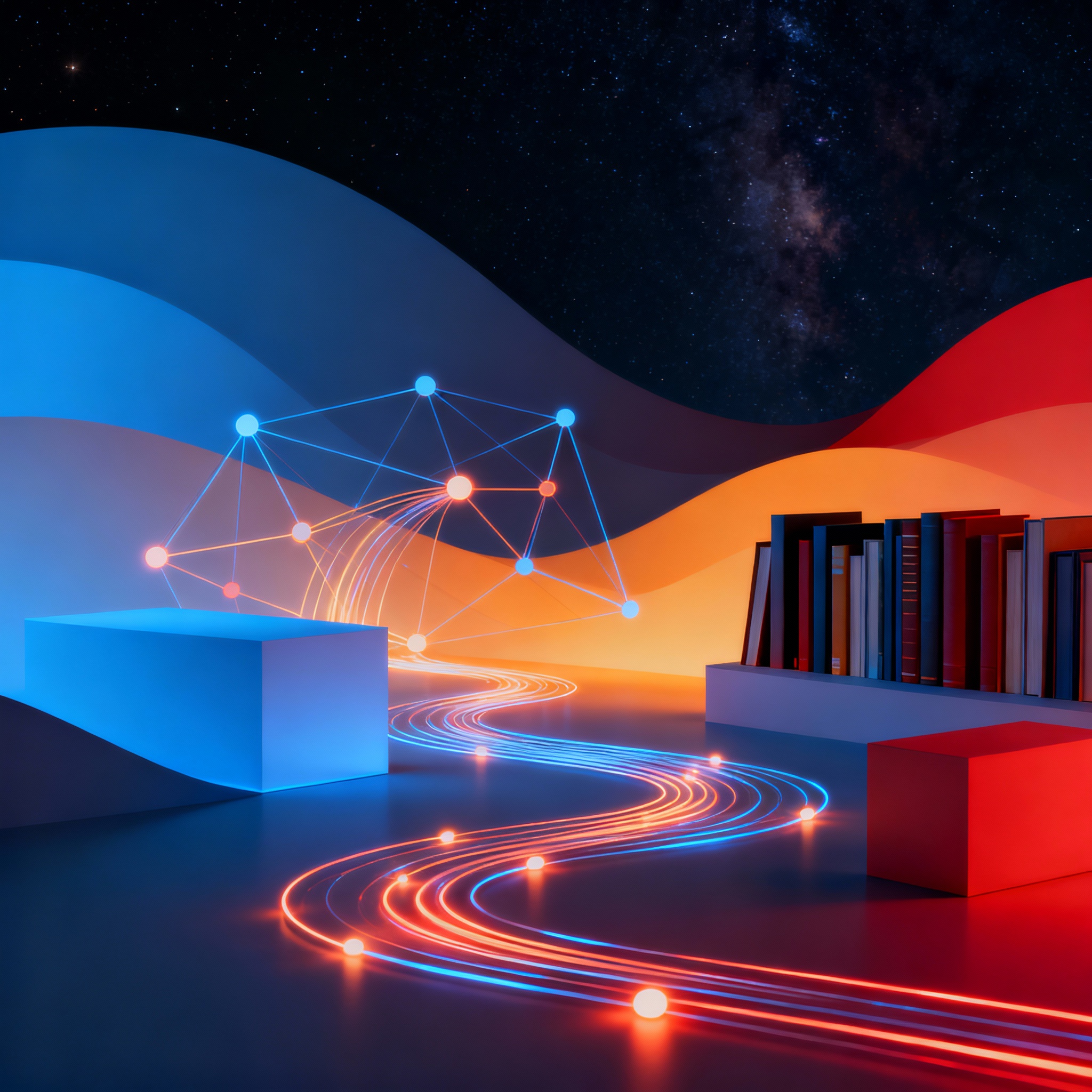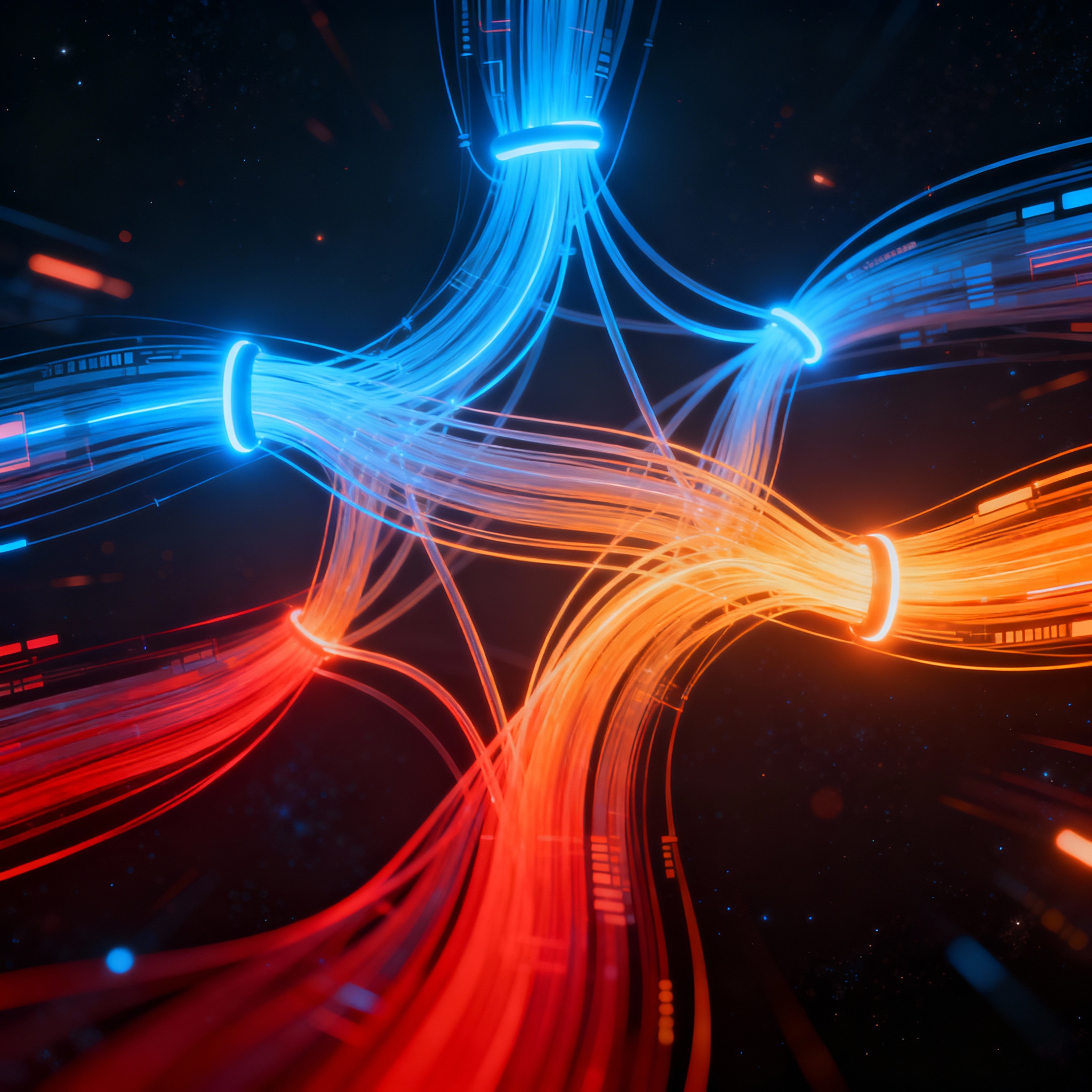
How the Wine Industry Uses RAG for Personalized Pairing Recommendations
How the Wine Industry Uses RAG for Personalized Pairing Recommendations
Have you ever stood in a wine shop, staring at rows of bottles, wondering which one pairs perfectly with your spicy Thai curry? That moment of indecision highlights a common challenge in the wine and spirits world: delivering accurate, personalized pairing advice amid endless variables like flavor profiles, cultural tastes, and individual preferences. Retrieval-Augmented Generation (RAG) steps in here, combining large language models with targeted data retrieval to offer smarter, context-aware recommendations.
RAG isn't just another AI buzzword; it's a practical framework that pulls relevant information from external sources and feeds it into generative models for more reliable outputs. In the context of wine and spirits, this means tapping into databases of tasting notes, recipes, and sensory data to suggest pairings that feel bespoke. This post dives into how the industry leverages RAG, drawing on recent research and tools to illustrate its impact. We'll explore real-world examples, technical approaches, and why it's a game-changer for developers building chatbot-based solutions.
The Basics of RAG in Pairing Recommendations
At its core, RAG addresses a key limitation of standalone large language models (LLMs): their tendency to hallucinate or rely on outdated training data. By retrieving real-time or specialized information, RAG ensures recommendations are grounded in facts. For wine pairings, this could involve querying a vector database of wine descriptors—think notes of "black cherry" or "oaky tannins"—and matching them to food profiles.
Consider a user querying a chatbot: "What's a good red wine for grilled steak?" A basic LLM might guess based on general knowledge, but RAG retrieves specifics from curated sources, like expert reviews or sensory fusion models. This leads to suggestions like a bold Cabernet Sauvignon, complete with reasons tied to complementary flavors. Developers can implement this using frameworks that integrate retrieval mechanisms, making it ideal for SaaS products focused on consumer recommendations.
One emerging area is cultural adaptation in wine reviews. Research on LLMs understanding wine descriptors across cultures shows how models can benchmark and adapt to diverse palates, from French terroir notes to Asian fusion pairings. This cultural nuance is crucial for global apps, ensuring recommendations resonate worldwide.
Real-World Applications and Tools
The wine industry is already seeing RAG in action through innovative apps and systems. Take Vinomat, a platform that pairs wines with recipes by analyzing ingredients and suggesting complementary bottles. It uses AI to bridge the gap between culinary data and wine profiles, offering users quick, informed choices. Explore Vinomat for practical wine-recipe pairings, and you'll see how retrieval-augmented techniques enhance accuracy.
Beyond apps, research is pushing boundaries with multimodal approaches. For instance, studies on multi-sensor fusion for wine discrimination blend visual and auditory data—like Gramian Angular Summation Fields (GASF) and Mel spectrograms—with AI models. This allows for sophisticated classification of wines based on sensory inputs, which RAG can then use to generate pairing advice. A study on wine discrimination using EfficientNet-B0 demonstrates how fusing these features improves model performance, potentially revolutionizing automated tasting notes.
In the spirits realm, similar tech applies to cocktails or whiskey pairings. Imagine a RAG system retrieving data on barrel aging and flavor compounds to recommend a peaty Scotch with smoked salmon. This isn't hypothetical; it's building on generative AI frameworks for sensory and consumer research, which outline how AI can simulate human sensory evaluation for better product insights.
For developers, tools like ChatRAG—a Next.js boilerplate designed for launching chatbot-agent SaaS businesses—simplify building these systems. With built-in support for RAG pipelines, you can quickly prototype a wine pairing chatbot that queries external APIs or databases, scaling it into a full-fledged service.
Technical Deep Dive: Building a RAG System for Wine Pairings
Let's get hands-on. Implementing RAG for wine recommendations typically involves three steps: data retrieval, augmentation, and generation.
First, set up a retrieval component. Use vector embeddings to index a database of wine profiles, recipes, and pairing rules. Tools like Pinecone or FAISS handle this efficiently. For example, embed wine tasting notes using models trained on sensory data, then retrieve the top matches for a user's query.
Next, augment the prompt. Feed the retrieved data into an LLM like GPT-4 or a fine-tuned variant. A sample prompt might look like:
User query: Pair a wine with lobster bisque.
Retrieved data: Creamy dishes pair well with oaked Chardonnay (source: wine database). Alternatives: Sauvignon Blanc for acidity balance.
Generate a personalized recommendation.
The LLM then outputs a tailored response, such as: "For your lobster bisque, try a buttery Chardonnay like one from Napa Valley. Its oak notes complement the creaminess, while the acidity cuts through the richness."
To enhance this, incorporate multi-task agentic systems. The MARC framework for cold-start recommender systems explores multimodal retrieval-augmented generation, handling scenarios with limited user data—like a first-time app user. This is perfect for wine apps where new users need instant, accurate suggestions without a history of preferences.
Cultural considerations add another layer. Benchmarks for cultural adaptations in wine reviews highlight how LLMs can adjust descriptors; for instance, translating "earthy" to culturally relevant terms in non-Western contexts. Integrating this into RAG ensures inclusive recommendations.
Challenges include data quality and bias. Wine databases might overrepresent European varieties, so curate diverse sources. Actionable insight: Start with open datasets like those from Wine Spectator, then fine-tune with user feedback loops to refine retrieval accuracy.
Case Studies and Industry Impact
Wineries and distilleries are adopting RAG to boost engagement. A virtual sommelier chatbot, powered by RAG, can handle queries in real-time, increasing e-commerce conversions by 20-30% based on similar AI recommendation systems. For spirits, think of a mixology app suggesting gin pairings with botanicals, drawing from sensory research.
One study illustrates this: Findings on multimodal agentic RAG for recommenders (wait, already linked, but reinforces) shows how cold-start problems—common in niche markets like rare spirits—are mitigated by retrieving analogous data from broader datasets.
In practice, a developer using ChatRAG could deploy a SaaS platform where users input meals, and the system retrieves and generates pairings. This not only personalizes experiences but also collects data for continuous improvement, creating a virtuous cycle.
Looking ahead, as AI evolves, RAG could incorporate real-time sensory inputs, like phone camera scans of food for instant pairings. This blends with advances in multi-sensor fusion for wine analysis, pointing to a future where AI tastes and pairs as well as a human expert.
Overcoming Hurdles in RAG Implementation
No technology is without pitfalls. Latency in retrieval can frustrate users, so optimize with efficient indexing. Privacy is key—ensure user data like dietary preferences isn't mishandled. Ethically, avoid over-reliance on AI; pair it with human oversight for high-stakes recommendations.
For scalability, cloud-based solutions work well. Actionable tip: Use hybrid retrieval—semantic search plus keyword matching—to cover edge cases, like obscure spirits.
Key Takeaways
RAG is reshaping wine and spirits pairing by making recommendations more accurate, personalized, and culturally aware. From apps like Vinomat to cutting-edge research on sensory fusion, it's clear this technology bridges data and decision-making effectively.
Developers should focus on robust data sources and user-centric design. Whether building with ChatRAG or custom setups, the potential for engaging SaaS products is immense. As the industry continues to innovate, RAG will likely become a staple for delivering delightful, informed experiences to enthusiasts worldwide.
Ready to build your AI chatbot SaaS?
ChatRAG provides the complete Next.js boilerplate to launch your chatbot-agent business in hours, not months.
Get ChatRAGRelated Articles

Building Academic Paper Discovery Systems with Retrieval-Augmented Generation
Academic researchers often drown in vast seas of publications, struggling to find relevant papers quickly. Retrieval-Augmented Generation (RAG) addresses this by combining search precision with generative AI, making discovery more efficient. This post dives into building such systems, drawing from recent studies and tools.

Navigating Vast Knowledge: How RAG Elevates Library Catalog Search and Discovery
In an era where information overload challenges even the most organized libraries, Retrieval-Augmented Generation (RAG) emerges as a game-changer for catalog search and discovery. By combining retrieval mechanisms with generative AI, RAG enables more accurate, context-aware results that go beyond traditional keyword matching. This post delves into its applications, benefits, and how tools like ChatRAG can help build such systems.

Streamlining Dental Operations: The Power of Retrieval-Augmented Generation
In the fast-evolving world of dental care, Retrieval-Augmented Generation (RAG) is emerging as a key tool for improving efficiency and accuracy. This blog explores how RAG integrates with dental workflows, offering real-world examples and expert insights. Whether you're a practitioner or tech enthusiast, see how RAG can elevate practice management.